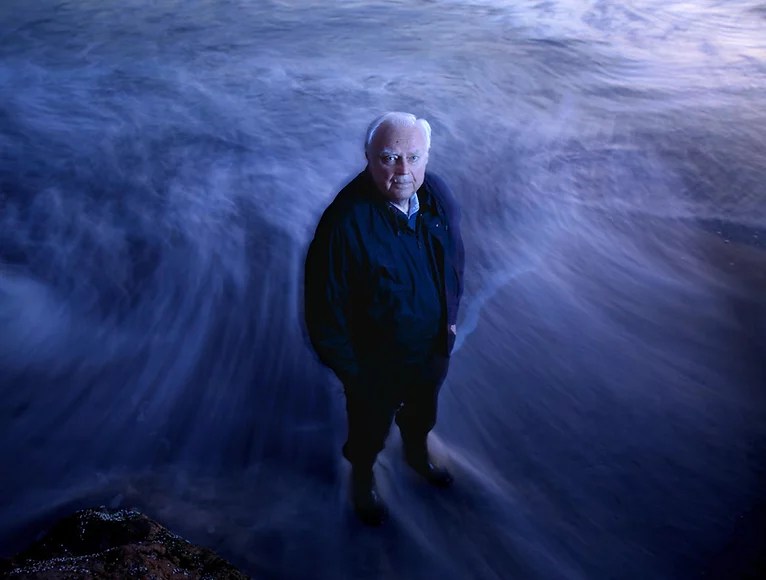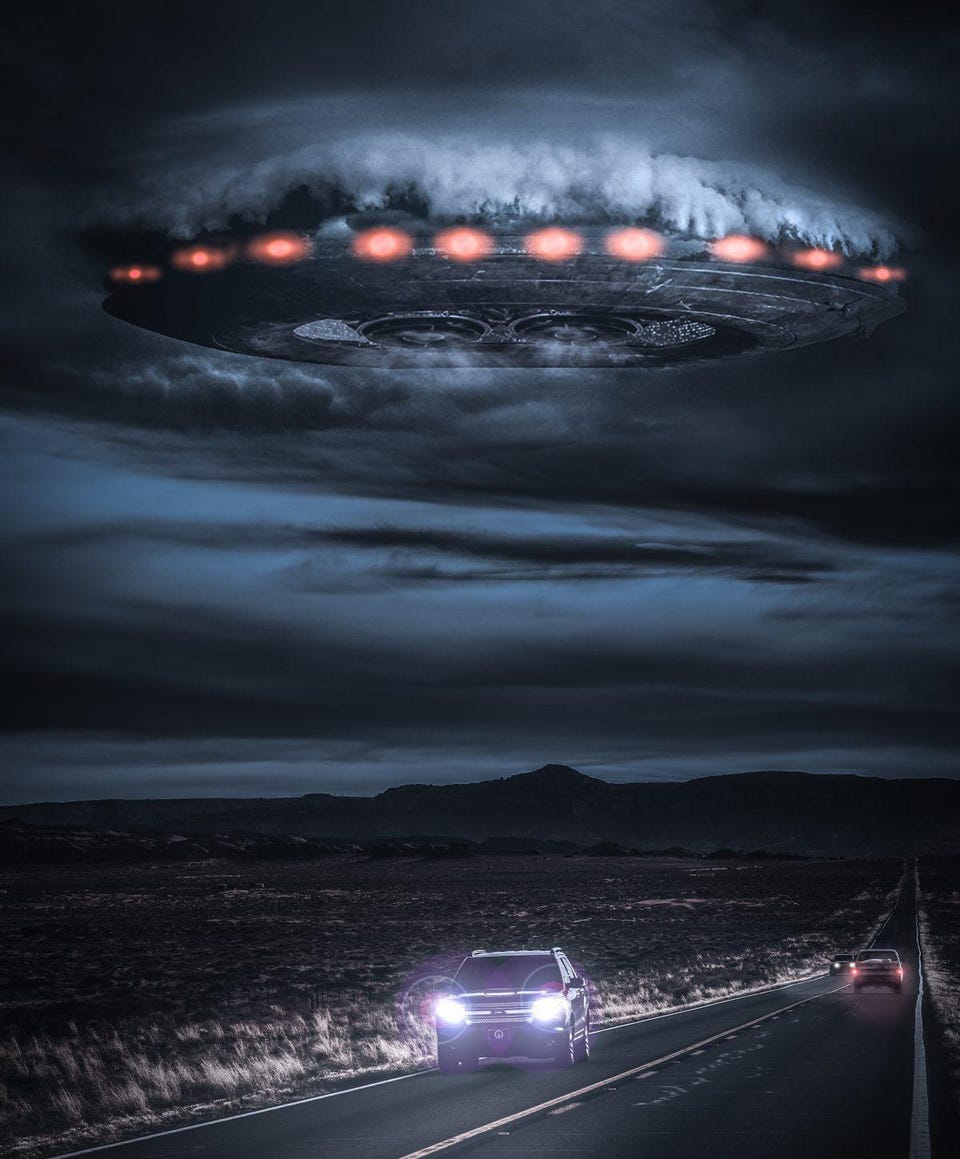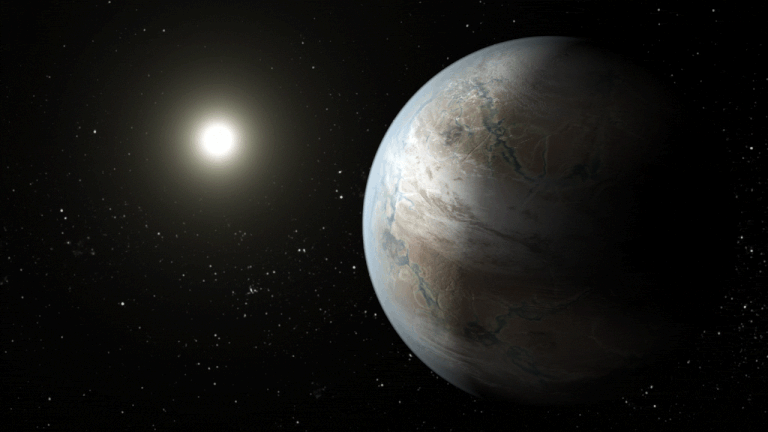Why scientists can’t give up the hunt for alien life

- All throughout human history, we’ve gazed up at the stars and wondered if we’re truly alone in the Universe, or if other life — possibly even intelligent life — is out there for us to find.
- Although there have been many who claim that aliens exist and that we’ve already contacted them, those claims have all withered under scrutiny, with their claimants having cried “wolf” with insufficient evidence.
- Nevertheless, the scientific case remains extremely compelling for suspecting that life, and possibly even intelligent life, is out there somewhere. Here’s why we must keep looking.
Despite all we’ve learned about ourselves and the physical reality that we all inhabit, the giant question of whether we’re alone in the Universe remains unanswered. We’ve explored the surfaces and atmospheres of many worlds in our own Solar System, but only Earth shows definitive signs of life: past or present. We’ve discovered more than 5,000 exoplanets over the past 30 years, identifying many Earth-sized, potentially inhabited worlds among them. Still, none of them have revealed themselves as actually inhabited, although the prospects for finding extraterrestrial life in the near future are tantalizing.
And finally, we’ve begun searching directly for any signals from space that might indicate the presence of an intelligent, technologically advanced civilization, through endeavors such as SETI (the Search for Extra-Terrestrial Intelligence) and Breakthrough Listen. All of these searches have returned only null results so far, despite memorably loud claims to the contrary. However, the fact that we haven’t met with success just yet should in no way discourage us from continuing to search for life on all three fronts, to the limits of our scientific capabilities. After all, when it comes to the biggest existential question of all, we have no right to expect that the lowest-hanging branches on the cosmic tree of life should bear fruit so easily.

Each of the three main ways we have of searching for life beyond the life that arose and continues to thrive on planet Earth has its own sets of advantages and disadvantages.
- We can access the surfaces and atmospheres of other worlds in our Solar System, enabling us to look for even tiny, microscopic signs of biological activity, including imprints left by ancient, now-extinct forms of life. But we may have to dig through tens of kilometers of ice to find it, or recognize life forms wholly unrelated to life-as-we-know-it on Earth.
- With thousands of exoplanets now known, the imminent technological advances that will enable transit spectroscopy and/or direct imaging of Earth-sized worlds could lead us to discover living planets with unmistakable biosignatures in their atmospheres. If life thriving on an Earth-sized world is common, positive detections are only a matter of time and resources.
- And searches for extraterrestrial intelligence offer the most profound rewards: a chance to make contact with another, perhaps even a technologically superior, intelligent species. The odds are unknown, but the payoff could be unfathomable.
For these (and other) reasons, the only sensible strategy is to continue to pursue all three methods to the limits of our capabilities, as without superior information, we have no way of knowing what sorts of probabilities any of these methods will have of yielding our first positive detection. After all, “Absence of evidence is not evidence of absence,” and that saying certainly applies to life in the Universe.
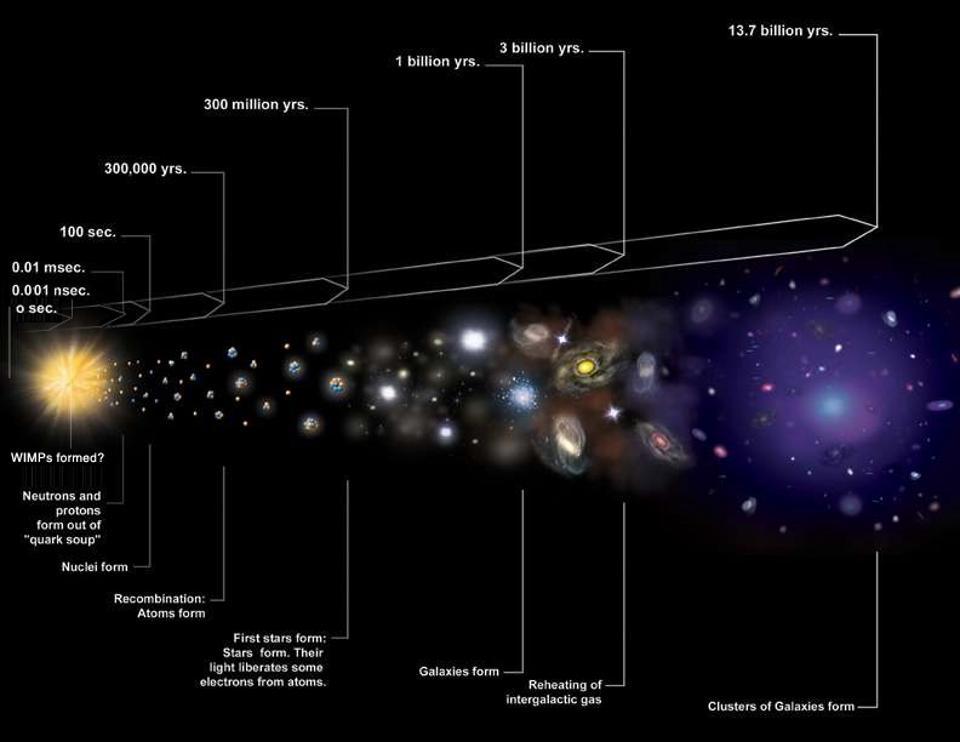
From a cosmic perspective, the laws that govern the Universe as well as the nature of the components that make it up indicate that the potential for life as a common occurrence might be absolutely inevitable. Initially, at the start of the hot Big Bang, our Universe was hot, dense, and filled with particles, antiparticles, and radiation moving at or indistinguishably close to the speed of light. In these beginning stages, neither the ingredients nor the conditions necessary for chemical-based life were in place; the Universe was born life-free. And yet, as time went on, the potential for biological activity would rise and rise.
As the Universe expanded and cooled, the following steps sequentially occurred:
- the particles and antiparticles annihilated away, leaving a tiny excess of matter behind,
- quarks and gluons formed bound states, giving rise to protons and neutrons,
- fusion reactions occurred, creating the light elements,
- atoms formed from these atomic nuclei and the surrounding bath of electrons,
- gravitational contraction and collapse takes place, giving rise to stars,
- star clusters and other clumps of matter attract, forming galaxies,
- and within those galaxies, successive generations of stars are formed, creating heavy elements.
Once a galaxy becomes enriched enough with these heavy elements, the new generations of stars that follow can form with rocky worlds within those stellar systems, many of which will have the potential for life.
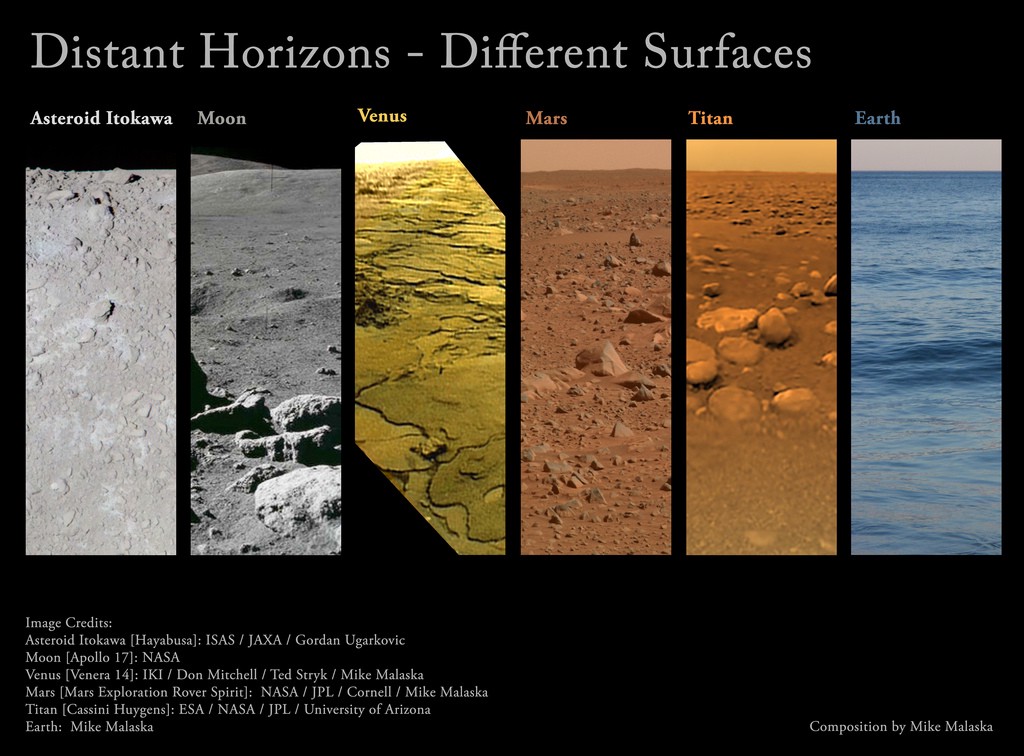
Within our observable Universe, since the dawn of the hot Big Bang, sextillions of stars have formed. Of those, the majority of them are found in large, massive, rich galaxies: galaxies comparable in size and mass to the Milky Way or greater. By the time billions of years have gone by, most of the new stars will have sufficiently large fractions of heavy elements to lead to the formation of rocky planets and molecules that are known as precursors to life. These precursor molecules have been found everywhere, from comets and asteroids to the interstellar medium to stellar outflows to planet-forming disks.
And, at this critical step, we find ourselves face-to-face with the end of our scientific certainty.
- Where, and under what conditions, does life come into existence?
- On those worlds where life arises, how frequently does it survive and thrive, persisting for billions of years?
- How often does that life saturate its habitable regions, transforming and feeding back on its biosphere?
- Where this occurs, how often does life diversify, becoming complex and differentiated?
- And where that occurs, how frequently does life become intelligent enough to become technologically advanced, capable of communicating across or even traversing the vast interstellar distances?
These questions aren’t merely there for us to philosophically ponder; they’re there for us to gather information about, and eventually, to draw scientifically valid conclusions about such probabilities.
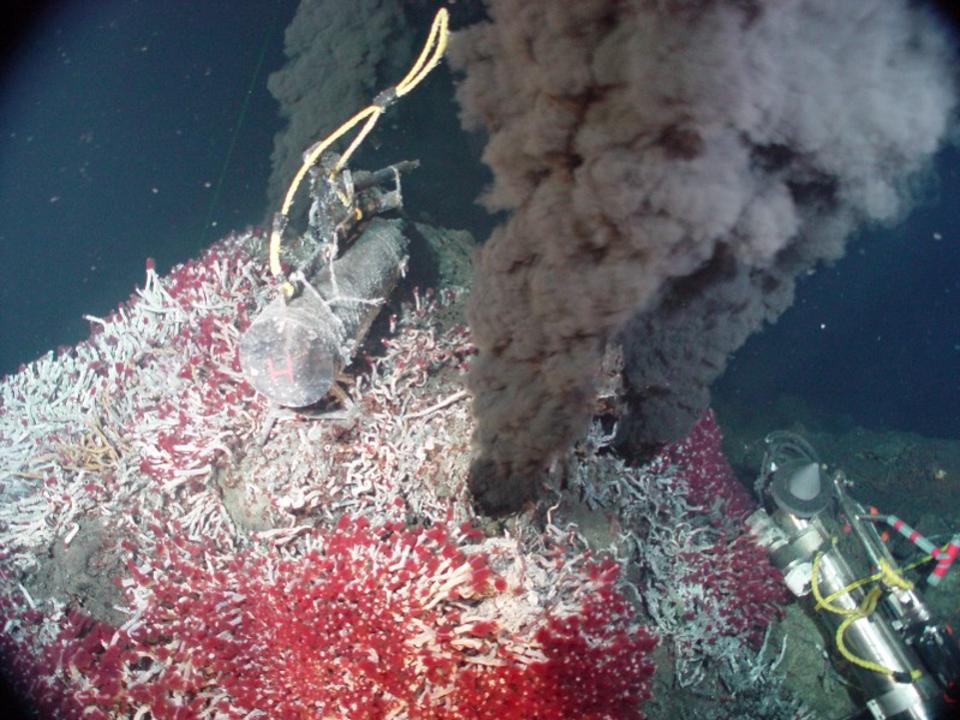
Of course, there are plenty of valid explanations for why we haven’t succeeded in our searches for life just yet. The most sobering — and the most pessimistic — is that it’s possible that one or more of the steps required to give rise to the type of life we’d be sensitive to are particularly difficult, and only rarely can the Universe achieve them. In other words, it’s possible that any one of life, sustained life, complex and differentiated life, or intelligent and technologically advanced life are rare, and none of the worlds we’ve surveyed possess them. That’s a possibility we have to keep in mind so long as we’re committed to remaining intellectually honest.
But there’s no reason, at least so far, to suspect that’s the primary reason we haven’t discovered life beyond Earth just yet. The old saying, “If at first you don’t succeed, try, try again,” applies wherever the odds of success are unknown, but we have every indication that success is possible under the right circumstances. Here on Earth, the evidence strongly indicates that our home planet is an example of such circumstances, and hence it’s likely that there are places all throughout space and time where life sustains itself, evolves to become complex and differentiated, and achieves a level of technological advancement sufficient for interstellar communication.
The big unknowns are in the probabilities of the various types of alien life that are actually out there, not in the question of whether such achievements are possible within our Universe.
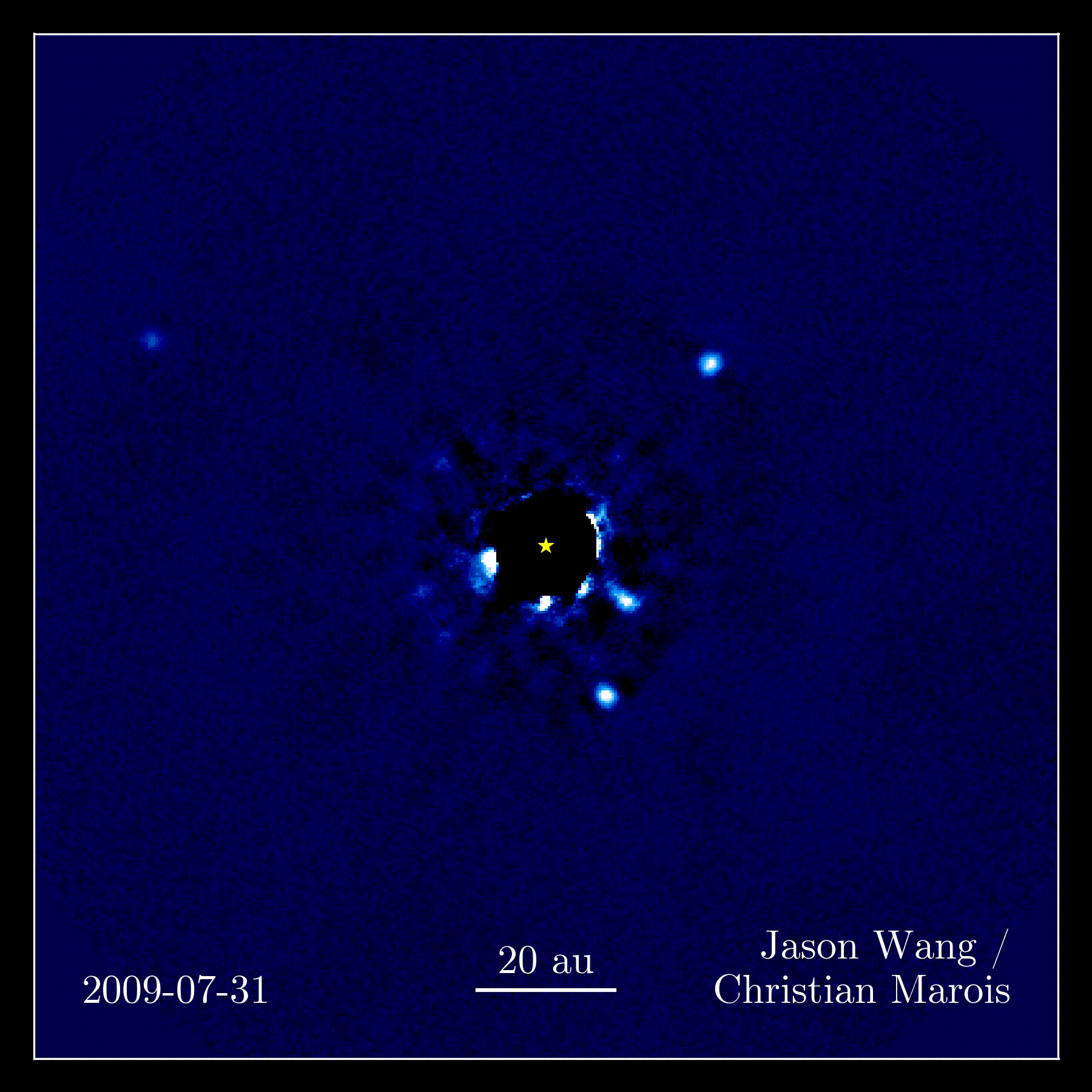
That doesn’t mean that we should take seriously every claim that’s been made — even by scientists — that alien life has been found. The “Wow!” signal, for example, was a high-powered radio signal received over the span of 72 seconds back in 1977; although its nature is unknown, it has never been replicated, either back at the original source or anywhere else. Without confirmation or repeatability, we can draw no affirmative, definitive conclusions.
Fast radio bursts, like many signatures observed astronomically, appear in many locations both in and out of our galaxy, but have no indication that they were intelligently created; they are likely simply a natural astronomical phenomena whose origins have yet to be determined.
NASA’s Mars Viking lander conducted numerous tests for life on the Martian surface, with one experiment (the Labeled Release experiment) giving a positive signature. However, the possibility of contamination, the lack of reproducibility, and the lack of a verified follow-up experiment has cast tremendous doubt on the “biological positive” interpretation of the experiment.
And despite the possibility of encountering interstellar space probes, direct alien contact, or even the ubiquity of alien abduction stories, no robust verification of any of these claims has ever come forth. We have to keep our minds open while at the same time remaining skeptical of any grand claims. The conclusions we draw can only be as strong as the supporting evidence for them.
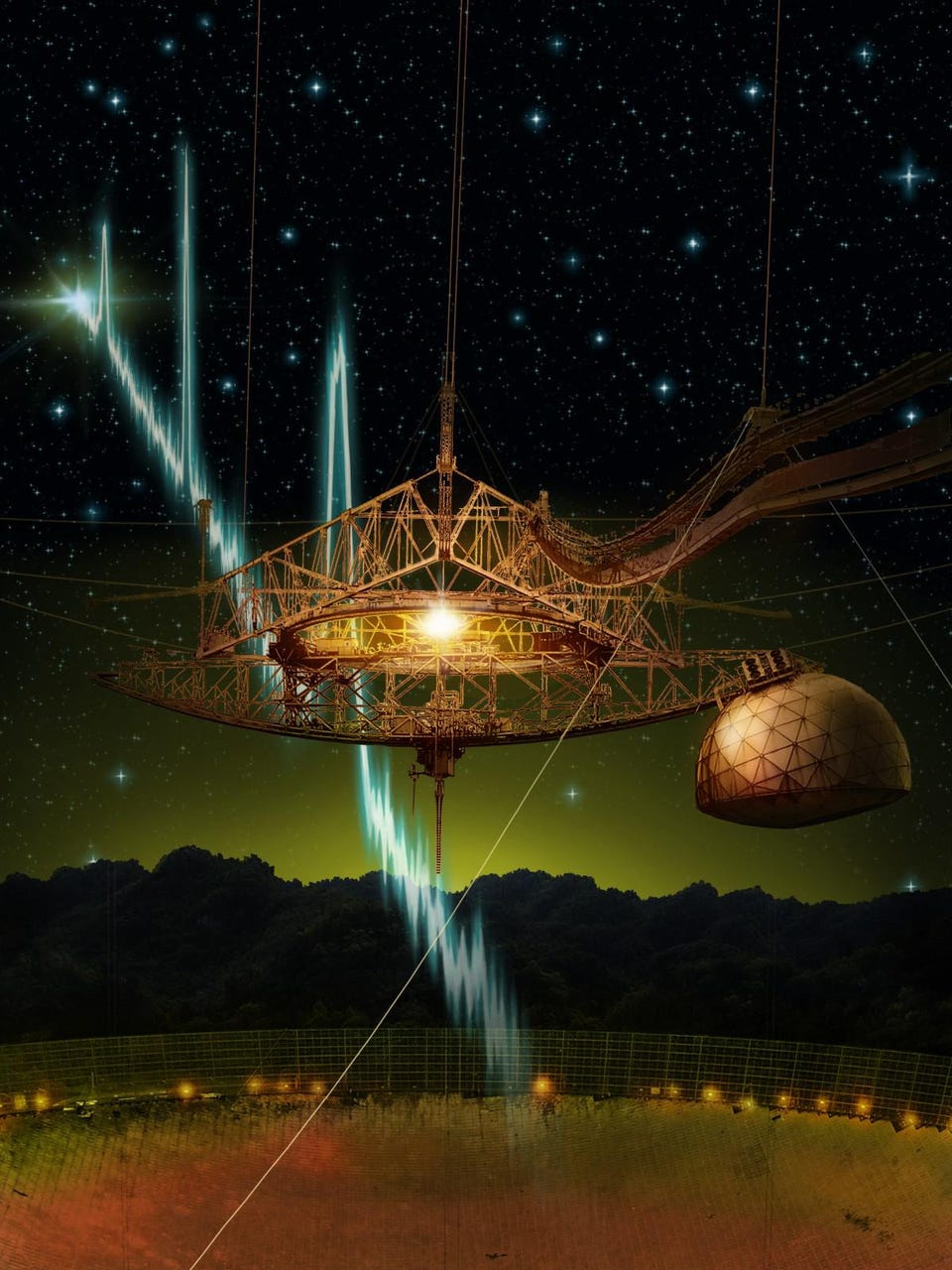
It’s primarily for these reasons — we have every indication that the Universe has all the necessary ingredients for life, but no indication that we’ve found it just yet — that it’s so vital to keep looking in a scientifically scrupulous way. When we do announce that we’ve found extraterrestrial life, we don’t want it to be another instance of crying “wolf” with insufficient evidence that we’ve found a wolf; we want the claim to be supported by overwhelming, unassailable evidence.
- That means building fleets of orbiters, landers, sample-return missions, and laboratory-equipped rovers to explore a wide variety of worlds in our Solar System: Venus’s atmosphere, Mars’s surface, Titan’s lakes, and the oceans of Europa, Enceladus, Triton, and Pluto, among others.
- That means building superior coronagraphs on world-class space-based and ground-based telescopes, considering the construction of a starshade, and investing in transit spectroscopy. By imaging the atmospheres and surfaces of exoplanets, including breaking down their molecular and atomic constituents and abundances over time, we should be able to identify any world with a life-saturated biosphere.
- And that means continuing to search, with greater precisions and sensitivities across the electromagnetic spectrum, for any signals that might come from an intelligent species seeking to communicate or announce their presence.
If you don’t find fruit on the lowest-hanging branches, that doesn’t necessarily mean you give up on the tree; it means you find a way to climb higher, where the fruit may be present but out of your present reach.
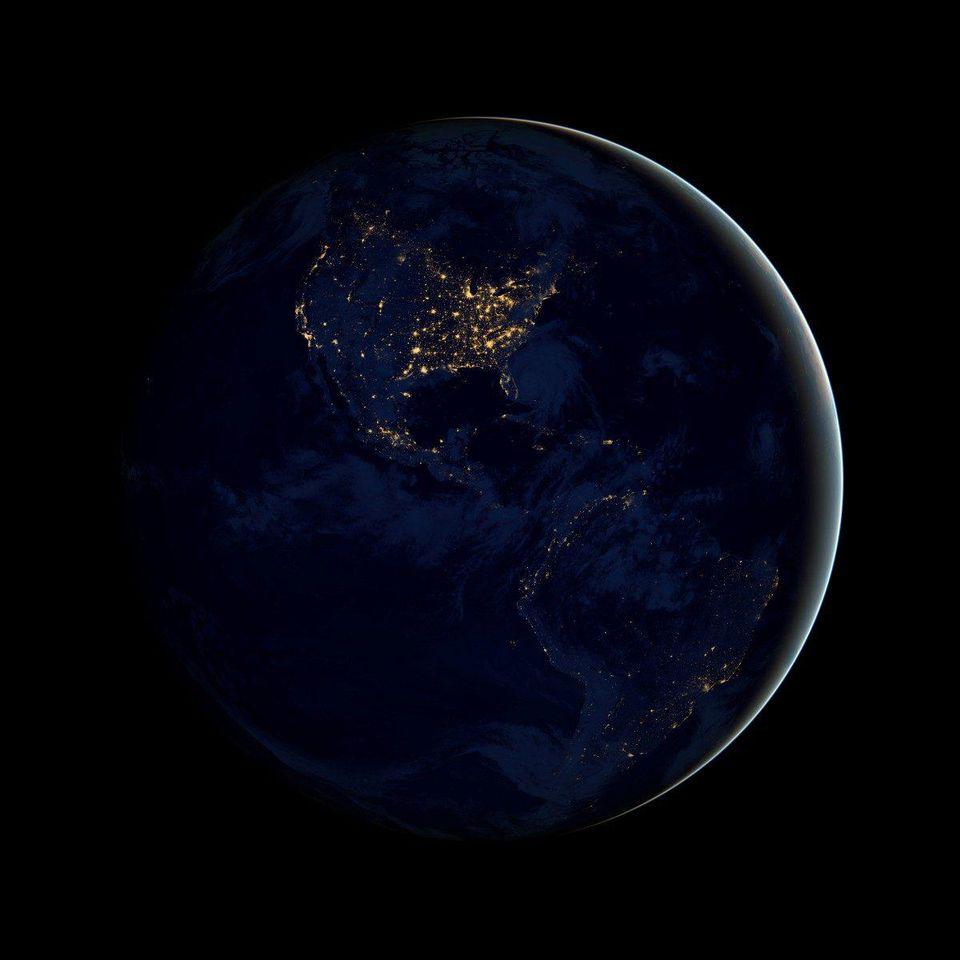
This might also include expanding our searches for extraterrestrial intelligence. While most searches focus on far-reaching radio transmissions, it’s possible that alien civilizations who seek to communicate across the stars and galaxies will rely on a different technology. Perhaps we should be monitoring the tails of water maser lines or the 21 cm spin-flip transition of hydrogen. Perhaps we should be looking for patterns in pulsar signals, including correlating signals between pulsars. Perhaps we should even be looking for extraterrestrial intelligences in gravitational wave signals that we have yet to discover. Wherever a signal can be encoded by a sufficiently advanced species, humanity should be looking and listening.
There are also avenues to explore that won’t reveal alien life, but could help us understand how it arose and arises throughout the Universe. We can recreate the atmospheric conditions found on other worlds or even as they were on Earth long ago in the lab, with an eye toward recreating the origin of life-from-non-life. We can continue exploring the possibility of having nucleic acids (RNAs, DNAs, even PNAs: peptide-based nucleic acids) coevolve with peptides in an early prebiotic environment: perhaps the most compelling candidate for how life first arose on Earth.

The rewards of finding out that we’re not alone in the Universe would be immeasurable. Perhaps we could learn how to survive the great environmental threats that face us: hazardous asteroids, a changing climate, or violent space weather events. Perhaps there are even more important lessons to be learned about how to overcome our own insufficiencies as human beings: the great challenge of moving beyond our primal nature. Perhaps other civilizations have success stories to offer us, recounting how, in the early days of their technological infancy, they overcame such issues as:
- overconsumption, where they devoured their planet’s resources beyond the point of sustainability,
- short-term thinking, where they addressed the immediate, urgent problems at the expense of long-term ones that threatened their existence,
- or the emergence of disease, famine, pestilence, and ecological collapse, resulting from the global changes wrought by a post-industrial society.
Our impulses toward greed, plunder, and self-gratification may not be unique, and there may be more experienced, wiser species out there that have figured out solutions that elude us today. Perhaps, if we’re lucky, they may have lessons waiting-in-the-wings for us that could guide us toward a more successful future.

Many of us can imagine two different futures unfolding for the enterprise of human civilization. There’s the one we should strive to avoid: where we resort to infighting, squabbling over the limited resources of our world, descending into ideologically-driven wars and ensuring our own eventual destruction. If we never find life beyond Earth — never find anyone else to communicate with, exchange information and culture with, and to give us hope that there’s a future for humanity out there among the stars — perhaps extinction will indeed be our most likely outcome.
But there’s another possible outcome for humanity: a future where we come together collectively to face the gargantuan challenges facing humans, the environment, planet Earth, and our long-term future. Perhaps the discovery of life beyond Earth — and potentially, of one or more intelligent, spacefaring, extraterrestrial civilizations — might give us not only the guidance and knowledge we need to survive our growing pains, but something far grander than any terrestrial achievements to hope for. Until that day arrives, we must make do with the knowledge that, at present, we have only one another to extend our kindnesses and compassion to.
